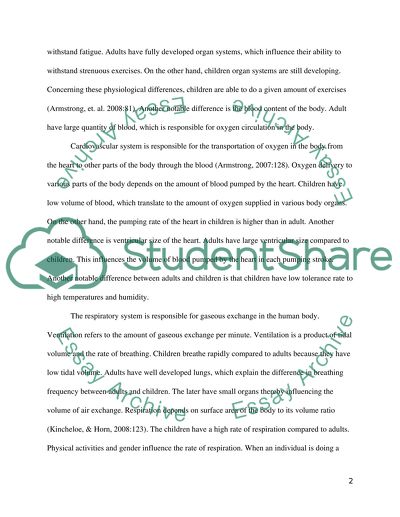Cite this document
(“Physiological Differences between Children and Adluts Essay”, n.d.)
Physiological Differences between Children and Adluts Essay. Retrieved from https://studentshare.org/education/1439487-identify-key-physiological-differences-between
Physiological Differences between Children and Adluts Essay. Retrieved from https://studentshare.org/education/1439487-identify-key-physiological-differences-between
(Physiological Differences Between Children and Adluts Essay)
Physiological Differences Between Children and Adluts Essay. https://studentshare.org/education/1439487-identify-key-physiological-differences-between.
Physiological Differences Between Children and Adluts Essay. https://studentshare.org/education/1439487-identify-key-physiological-differences-between.
“Physiological Differences Between Children and Adluts Essay”, n.d. https://studentshare.org/education/1439487-identify-key-physiological-differences-between.


